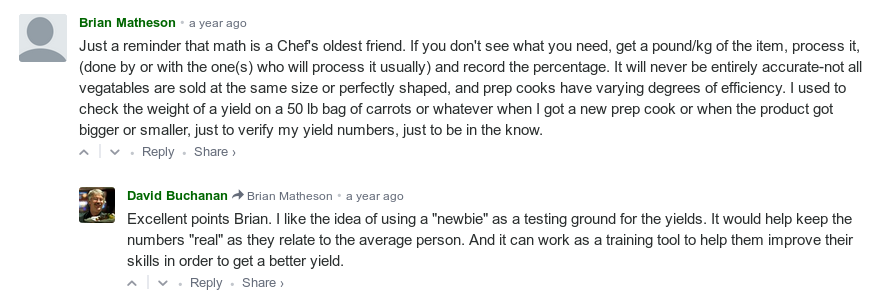The Situation: Suppose you're catering an event for $200$ guests. Each guest will get a $4$-ounce portion of asparagus.
Huge Question: How much asparagus do you need to order from your supplier?
Yield Percent is an important concept which will enable us to
- measure the efficiency of and costs of a working kitchen
- determine how much of a particular ingredient we need to order
- calculate the cost of recipe ingredients
Fact of Life: Yield Percent from now on will be a part of everything we do.
Definition: The As-Purchased Quantity, abbreviated $APQ$, is the weight, volume, or count of a food product which has not yet been fabricated.
Examples:
 |
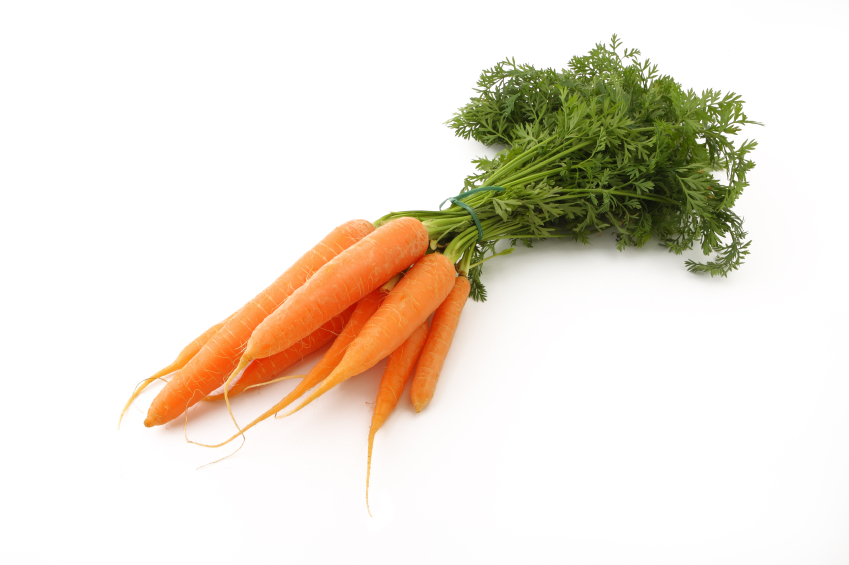 |
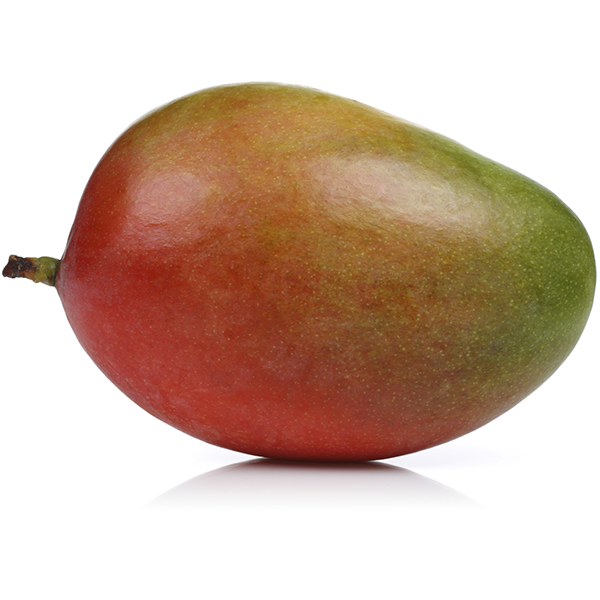 |
| $APQ = 12 \mbox{ oz}$ | $APQ = 1 \mbox{ lb}$ | $APQ = 12 \mbox{ oz}$ |
Definition: The Edible-Portion Quantity, abbreviated $EPQ$, is the weight, volume, or count of a food product which has been fabricated or processed.
Examples:
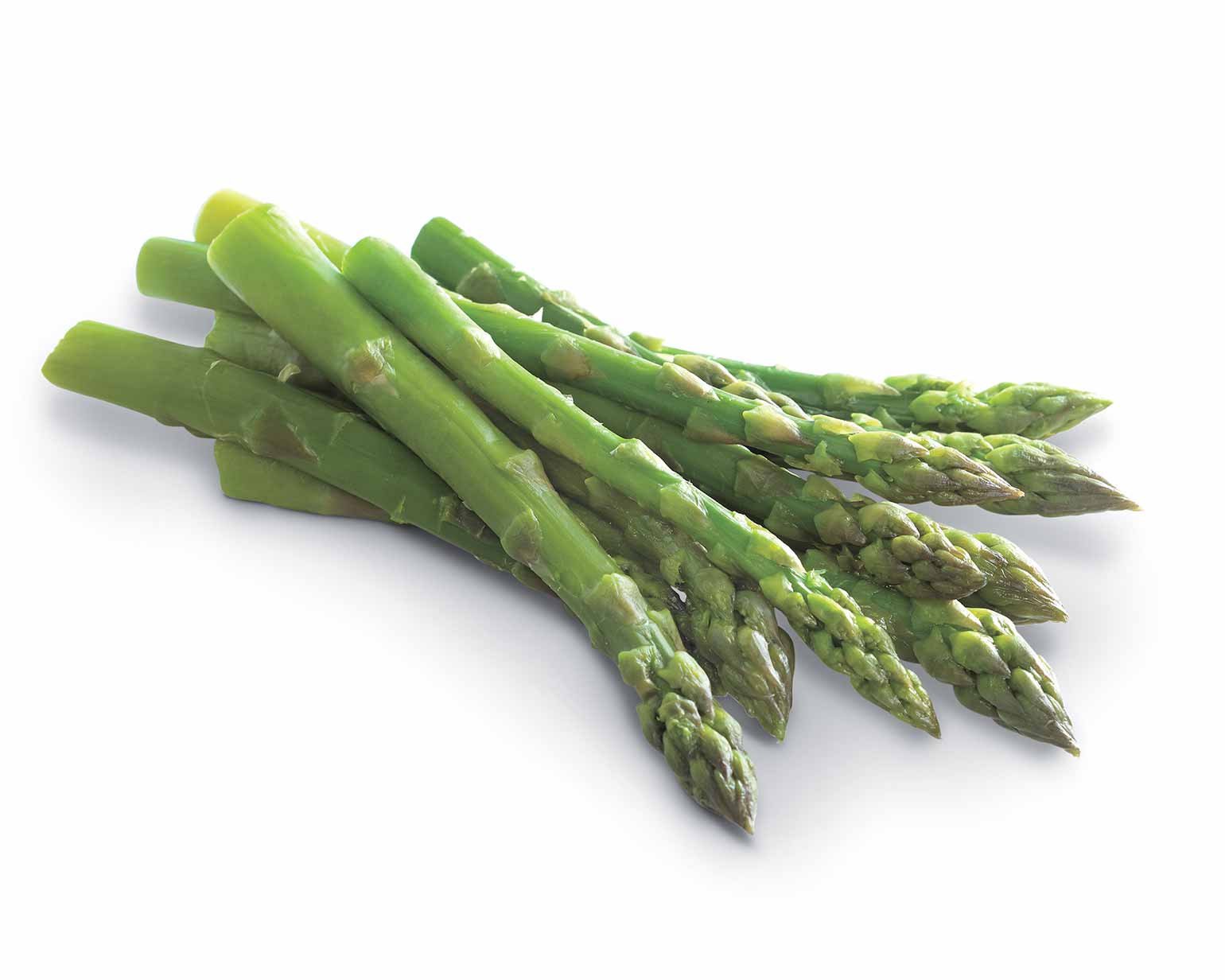 |
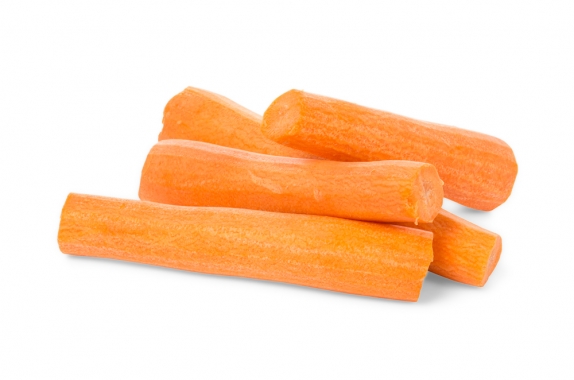 |
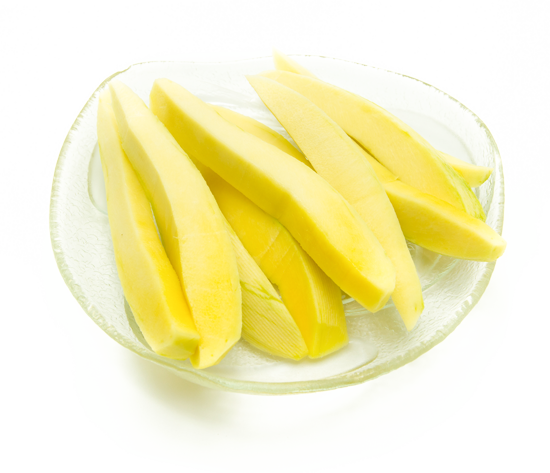 |
| $EPQ = 6.8 \mbox{ oz}$ | $EPQ = 0.6 \mbox{ lb}$ | $EPQ = 8.3 \mbox{ oz}$ |
Yield Percent
Definition: the yield percent ($Y\%$) of a food item is the percentage of the $APQ$ which is edible after fabrication. Or more succinctly: $$Y\%= \frac{EPQ}{APQ}$$
Example: Calculate the yield percent of asparagus.
 |
|||
| $Y\%= \frac{EPQ}{APQ}$ | $= $ | __________________________ | $= \frac{6.8 \mbox{ oz}}{12 \mbox{ oz}}\approx 0.56=56\%$ |
 |
A Word of Caution: Yield Percent is not an absolute number and depends on many factors, most notably:
- the size and form of the food item
- the condition of the food item
- the skill level of the person performing the fabrication
Another Word of Caution
When calculating yield percent, the units of $APQ$ and $EPQ$ must be the same.
Example: , a confident culinary professional, has purchased $5$ cases of mangos. Each case contains $9$ mangos. A mango weighs approximately $12$ ounces. After 's line cook cleans the mangos, $21$ pounds $5$ ounces of clean fruit remain. What is the yield percent for mangoes when 's line cook does the cleaning?
Yield Percent Chart
You may use this table of approximate yield percentages.
Important Note: If you need to use a yield percent which is not given in the homework, use the above chart. Future homeworks involving applications of yield percent are based off of this chart.
Definition: The trim is what is left over after fabricating the food product. We may express this as $$\mbox{TRIM}=APQ-EPQ$$
Example: Mr. Holt has purchased $3$ mangoes weighing a total of $728$ grams. After cleaning the mangoes, the trim weighs $330$ grams. What is Mr. Holt's yield percent?
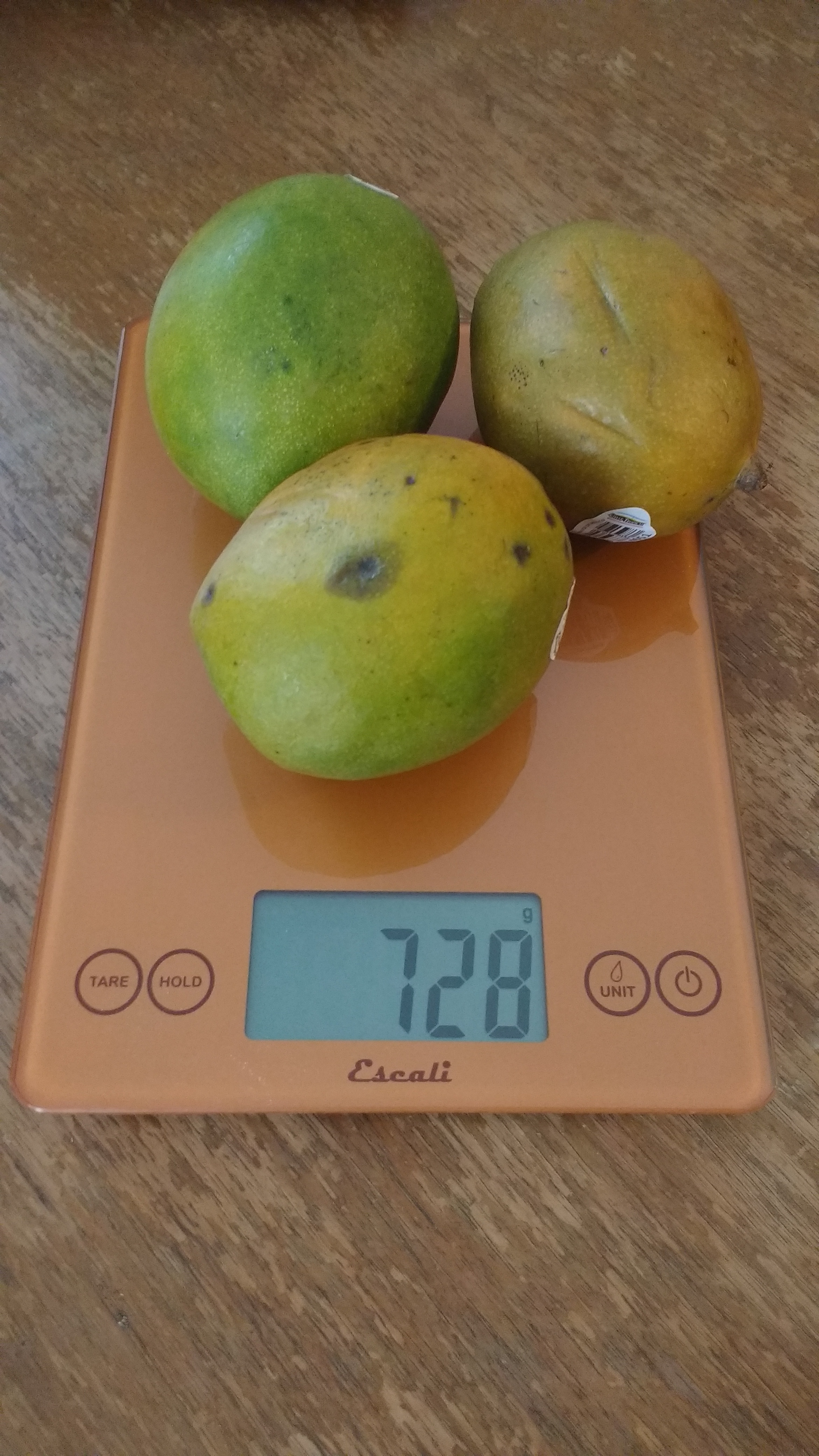
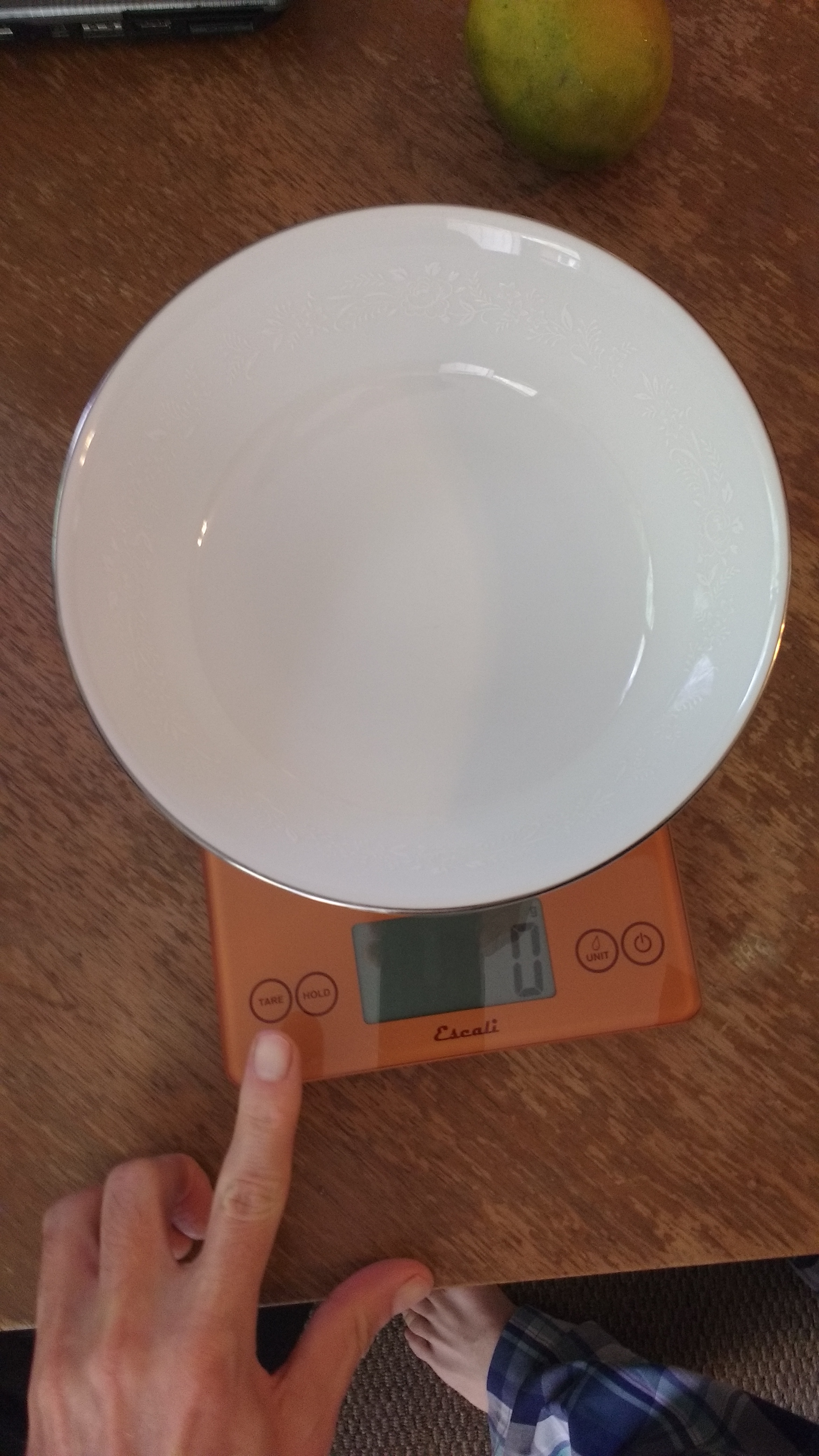

A Fun Final Note: The following is from a forum for culinary professionals.
